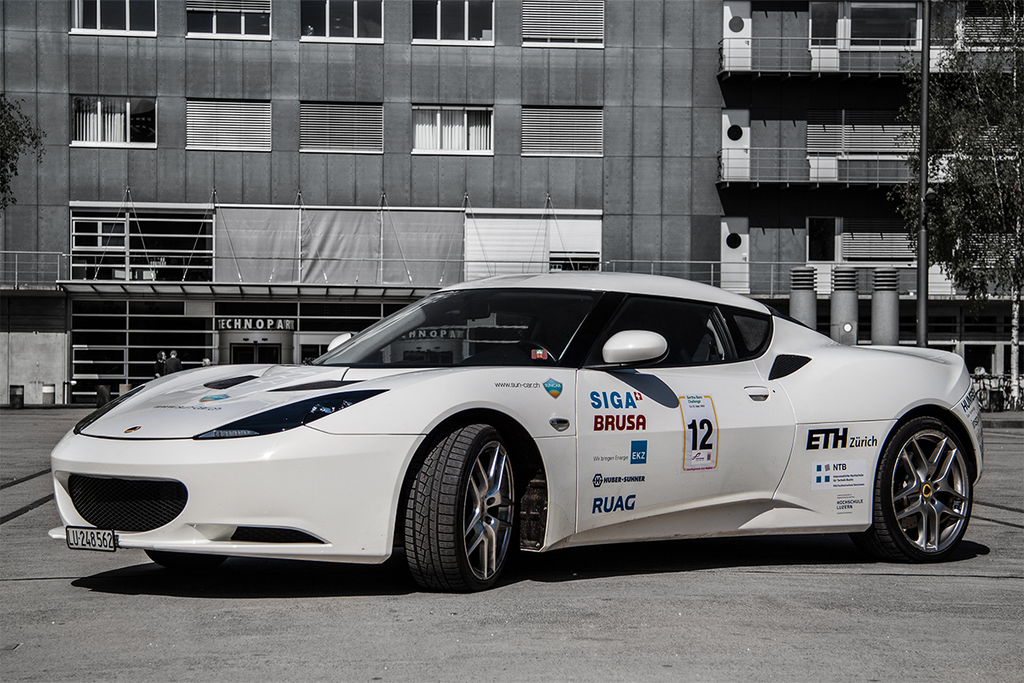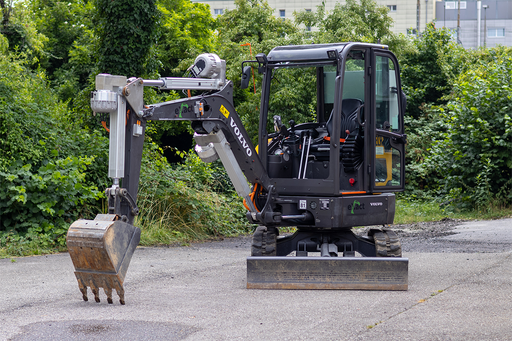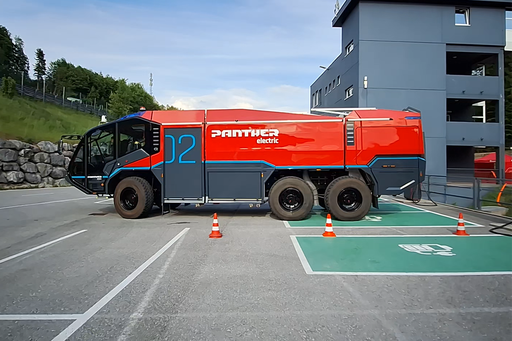SUNCAR Sport Lotus Evora - ETH Focus Project

The SUNCAR Sport is based on a Lotus Evora. An electric drivetrain, complete with all the necessary components and software, was installed on the SUNCAR Sport. An active electric steering system was also developed and installed. A concept for installing a range extender was also developed. However, this concept currently exists only in theory. The absolute highlight of the SUNCAR Sport is its road legality. It has proven that it deserves this status by participating in events such as the Bertha Benz Challenge and the Wave Rally.
Technical Data
Vehicle type
Lotus Evora
Power
240 kW
Torque (Motor)
560 Nm
Rotational speed (Motor)
12000 rpm
Acceleration (0-100 km/h)
4.9 s
Speed
240 km/h
Range
180 km
Driver Assistance Systems
In order to achieve the desired improvements in handling, a yaw rate controller with feedback was implemented in combination with anti-slip control for each rear wheel individually. First, the nonlinear model of the vehicle is presented, which was created using multi-body simulation software and serves the purpose of evaluating the handling and testing the controller virtually. The measurement results, which were recorded using three different driving maneuvers on a test track, are then discussed. The measurements show the effectiveness of the controller, but also its limitations, which are mainly caused by the occurrence of slip. The test driver noted improved steering response and better vehicle control.
Instead of a combustion engine, two powerful electric motors are installed in the rear of the vehicle, enabling active torque distribution to the rear wheels. To achieve the desired improvements in handling, a yaw rate controller with feedback was implemented in combination with anti-slip control for each rear wheel individually. First, the nonlinear model of the vehicle is presented, which was created using multibody simulation software and serves the purpose of evaluating the driving behavior and testing the controller virtually. Next, the measurement results are discussed, which were recorded using three different driving maneuvers on a test track. The measurements demonstrate the effectiveness of the controller, but also its limitations, which are mainly caused by the occurrence of slip. The test driver noted improved steering response and better vehicle control.
Electric Steering
The integration of an active electric steering system in the electrified Lotus Evora enables a greater range. Key issues in the conversion from hydraulic power steering included theoretical considerations regarding the structural integration of the new steering gear as well as design work on the housing, rack, and mountings. The implementation of electrical integration, communication, and the creation of a test bench were discussed in detail. The advantage of electric servo control is lower power consumption due to the elimination of a continuously active compressor.



